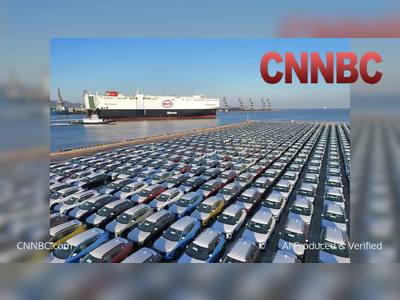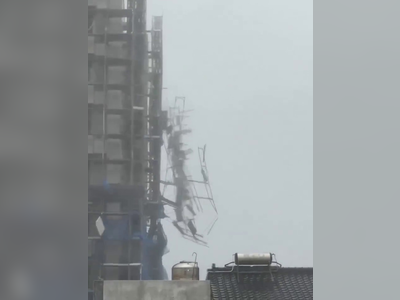Kodak warns of liquidity crisis as debt obligations loom
Eastman Kodak alerts investors that it lacks committed financing to cover nearly half a billion dollars in upcoming debt, prompting a sharp stock decline.
Eastman Kodak, the century-old photography company, has issued a "going concern" warning in its second-quarter financial report, indicating substantial doubt about its ability to continue operating without securing new funding.
The company stated it does not have committed financing or sufficient liquidity to meet approximately five hundred million dollars in debt maturing within the next twelve months.
In response, Kodak has ceased contributions to its U.S. retirement income plan to preserve cash and expects to complete required payouts to pension participants by December.
The company confirmed it remains confident in its ability to repay a significant portion of its term loan ahead of schedule and to refinance or amend its remaining debt obligations.
Kodak’s stock price fell sharply—by more than twenty-five percent in one session, erasing much of its gains for the year.
Financial highlights from the first quarter of twenty-twenty-five include revenues of two hundred forty-seven million dollars, roughly flat year-on-year, and a net loss of seven million dollars compared to a profit in the previous year’s quarter.
Operational free cash flow was negative fifty million dollars, and cash reserves declined from two hundred one million to one hundred fifty-eight million dollars.
Kodak has a series of debt and preferred stock maturities approaching linked to term loans and financing facilities, with no committed refinancing in place.
The company also faces a preferred stock redemption deadline in May two thousand twenty-six.
The company noted that tariffs are unlikely to have a material impact, as much of its production—such as cameras, inks and film—occurs in the United States.
Kodak, founded in the late nineteenth century and once a dominant force in film photography, filed for bankruptcy in two thousand twelve and later diversified into industrial printing, chemicals, and pharmaceutical manufacturing.
Its current financial position reflects ongoing challenges following decades of industry transformation.
The company stated it does not have committed financing or sufficient liquidity to meet approximately five hundred million dollars in debt maturing within the next twelve months.
In response, Kodak has ceased contributions to its U.S. retirement income plan to preserve cash and expects to complete required payouts to pension participants by December.
The company confirmed it remains confident in its ability to repay a significant portion of its term loan ahead of schedule and to refinance or amend its remaining debt obligations.
Kodak’s stock price fell sharply—by more than twenty-five percent in one session, erasing much of its gains for the year.
Financial highlights from the first quarter of twenty-twenty-five include revenues of two hundred forty-seven million dollars, roughly flat year-on-year, and a net loss of seven million dollars compared to a profit in the previous year’s quarter.
Operational free cash flow was negative fifty million dollars, and cash reserves declined from two hundred one million to one hundred fifty-eight million dollars.
Kodak has a series of debt and preferred stock maturities approaching linked to term loans and financing facilities, with no committed refinancing in place.
The company also faces a preferred stock redemption deadline in May two thousand twenty-six.
The company noted that tariffs are unlikely to have a material impact, as much of its production—such as cameras, inks and film—occurs in the United States.
Kodak, founded in the late nineteenth century and once a dominant force in film photography, filed for bankruptcy in two thousand twelve and later diversified into industrial printing, chemicals, and pharmaceutical manufacturing.
Its current financial position reflects ongoing challenges following decades of industry transformation.












